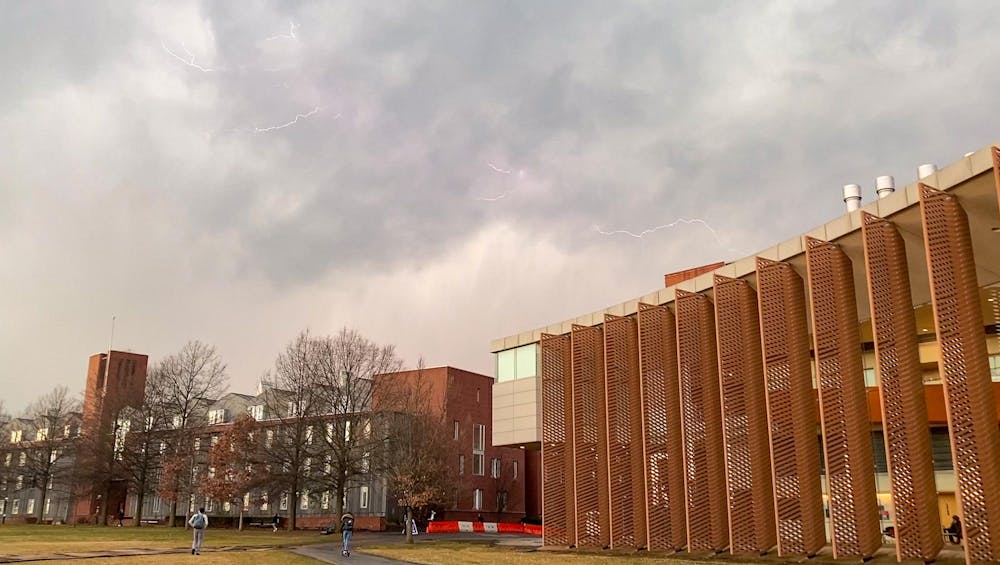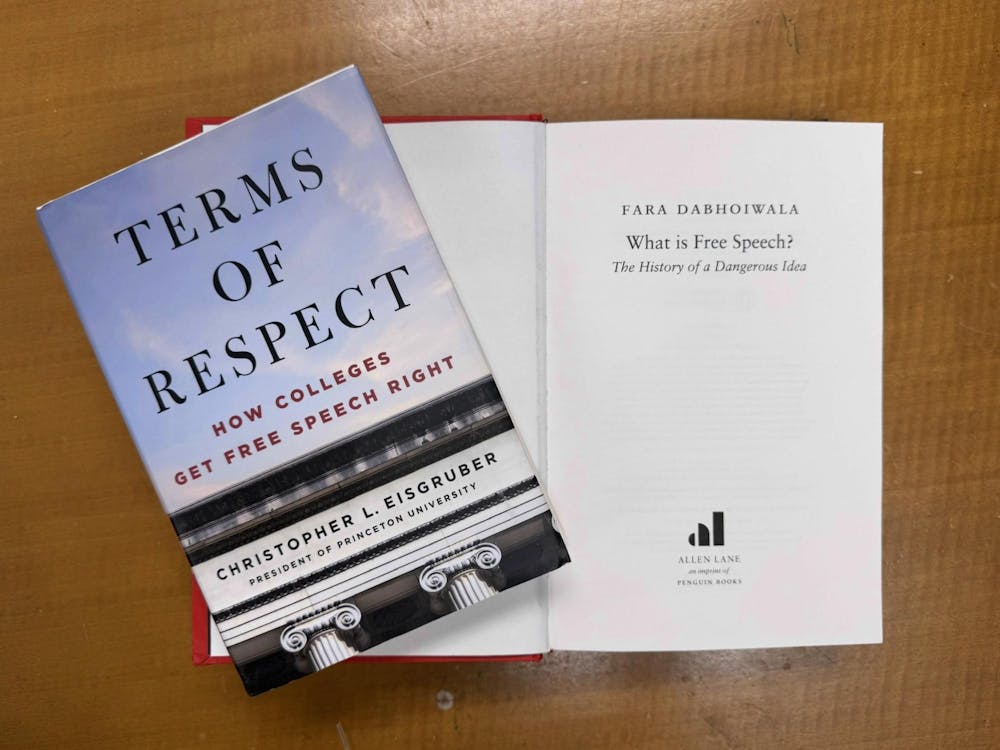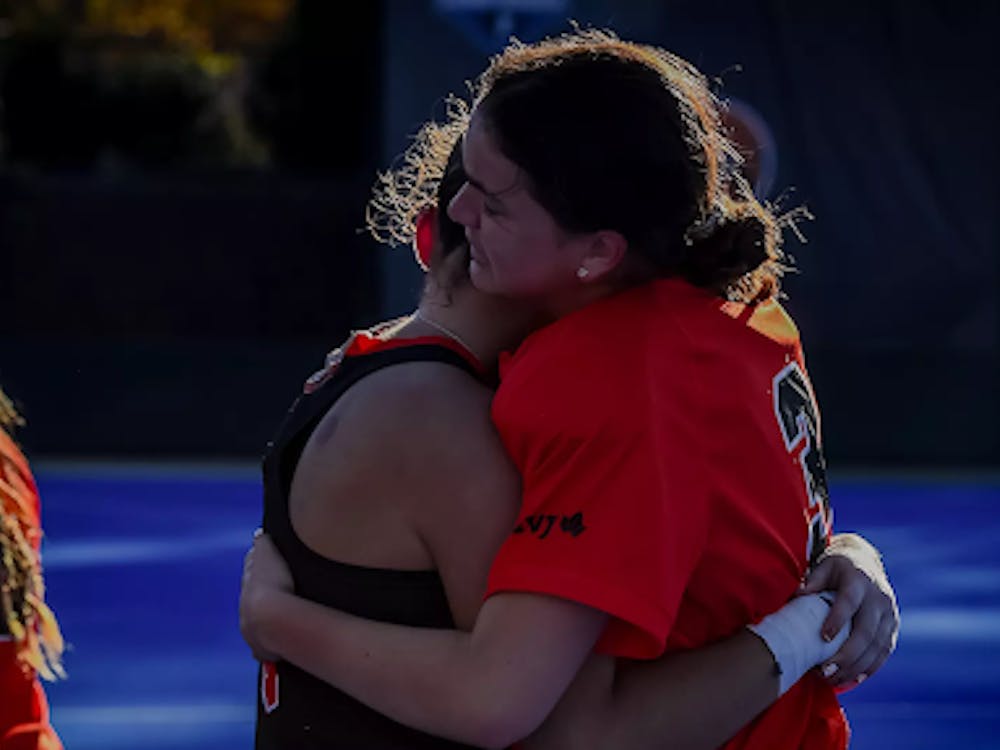“We knew it was a significant finding, but there was so much more to do,” Nobel laureate Mary Brunkow GS ’91 told The Daily Princetonian. “I never imagined that initial discovery, right at the outset, would be so key and recognized 25 years later to have such a lasting impact in the field.”
The Nobel Assembly at Karolinska Institutet announced on Oct. 6 that Brunkow, alongside two other researchers, had been awarded the 2025 Nobel Prize in Physiology or Medicine. Brunkow’s contribution to the award-winning research on peripheral immune tolerance is from her 2001 work at Darwin Molecular Corporations (Celltech Chiroscience), in Bothell, Wash.
According to the Nobel press release, Shimon Sakaguchi made the first of two key discoveries in 1995, showing that “the immune system is more complex and discover[ing] a previously unknown class of immune cells,” now known as regulatory T cells.
The second key discovery came from Brunkow and Fred Ramsdell in 2001, who uncovered why a “specific mouse strain was particularly vulnerable to autoimmune diseases.”
Sakaguchi then linked these two discoveries in 2003, showing the gene — Foxp3 — discovered in mice in 2001 has a human equivalent which controls the development of regulatory T cells. The discoveries have since led to the development of treatments for cancer and autoimmune diseases, some of whom are now undergoing clinical trials.
Despite winning this award for a single research development, Brunkow and Sakaguchi have never met. Brunkow said that if Darwin had remained open, she may have stayed on the project. Instead, she changed paths and now focuses more on genetics and genomics than immunology.
Brunkow’s drive to investigate previously unturned stones began well before 2001 — a drive evident even as a graduate student at Princeton. When former University President Shirley Tilghman arrived at Princeton as a molecular biology professor in 1986, Brunkow was one of the first graduate students to join her lab.
“One of the things I gave Mary a huge amount of credit for was her willingness to embark on the study of a gene that could potentially end up being pretty boring, but turned out it really wasn’t boring at all,” Tilghman said in an interview with the ‘Prince.’ “It was the first example of what are now called long non-coding RNA genes. And it turns out there’s many examples of them out there, it’s just that we had stumbled on the very first one.”
“It shows in Mary a level of courage and a willingness to forge new ground, and I think that characterized the work that she went on to do quite a few years after she left my lab,” Tilghman continued. “I think that the seeds of Mary Brunkow’s greatness were evident even when she was a graduate student.”
Brunkow, however, disagreed with Tilghman’s assessment of the lab’s initial work, saying it was in no way boring to her.
“The great unknown was of great interest to me, and I really jumped into it,” Brunkow said. “It could well have flopped and gone away, but it became a really interesting story.”
After Princeton, Brunkow conducted postdoctoral research with a retrovirologist at what was then the Samuel Lunenfeld Research Institute (now LTRI) from 1990–94 in Toronto, Canada, aiming to leverage mouse genetics to help human diseases.

“I started feeling like I appreciated the super basic research, but for myself, I wanted to be closer to something that was more goal-driven to better human kind — something that would be more translational and applied to medicine,” Brunkow said. “I thought that perhaps the biotechnology world would be a good place where there’s interesting work being done.”
At the biotechnology startup Darwin, where Brunkow published her 2001 Nature Genetics paper on the work that ultimately resulted in her Nobel Prize, Brunkow was working in research that had moved beyond Tilghman’s field.
“It is not always the case that Nobel Prizes go to virtuous people, and that’s because not all scientists are virtuous,” Tilghman said. “This is one case where the prize is going to a truly wonderful human being. And I think anybody who’s ever worked with Mary would say the same thing.”
Andrew Bosworth is the Research Editor for the ‘Prince.’
Please send any corrections to corrections[at]dailyprincetonian.com.








